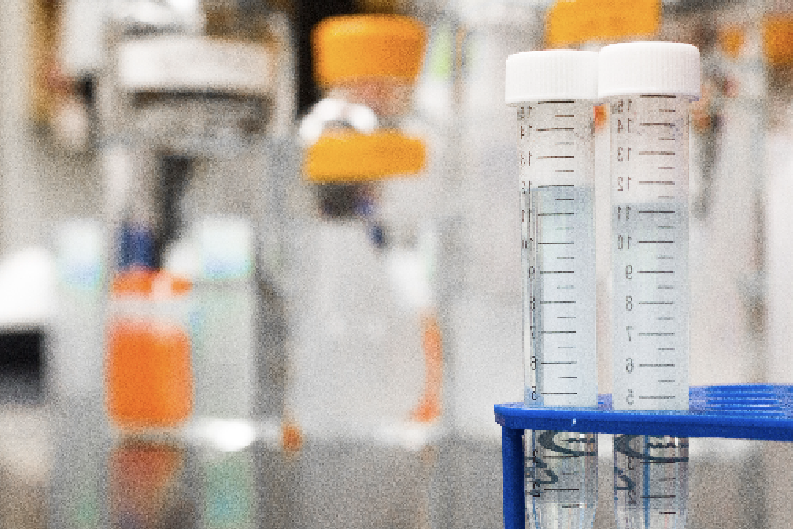Dairy Specialist,
Grand Valley Fortifiers
Q: Why has Dairy Farmers of Ontario begun reporting farm values for Free Fatty Acids in milk bulk tank samples?
A: Recently DFO has begun testing bulk tank samples from all Ontario dairy farms, looking for herds with elevated levels of Free Fatty Acids (FFA) in their milk. Elevated levels have been shown to present issues in cheese production, prevent milk from frothing, and therefore create consumer dissatisfaction in their dairy products. When diet related, it can also have a negative impact on cow health. Low levels of FFA in the milk are normal. The typical range is from 0.5-1.2 mmol/100g of fat. Values above this are considered to be elevated and should be addressed.
Q: What is a Free Fatty Acid?
A: Milk Fat is made by the cow using two methods: 1) fibre digestion in the rumen which makes Acetate, a building block of milk fat, and 2) in the mammary gland by a process called denovo fat synthesis. This milk fat is typically a triglyceride meaning 3 fatty acids linked together by a backbone. Under normal circumstances this fat is protected by a membrane and stays in the milk as a “fat globules” which will rise to the top if milk is not agitated or homogenized. Free fatty acids are generated when this chain of 3 fatty acids are broken apart into single fatty acids. This happens for a variety of reasons including natural breakdown (called lipolysis) as well as mechanical or chemical breakdown.
Q: My herd FFA levels are elevated. Where should I start looking to make improvements?
A: The causes of high FFA levels are not completely understood and most research has been observational. However some trends have emerged that can help with early diagnoses. With regards to diet, high dietary fat supplementation (such as high palm fat levels) has been shown to make larger fat globules that are more prone to breakdown. Improperly balanced diets, such as low energy or protein levels have also been linked. It’s important to make sure cows have 24/7 access to a high quality, balanced diet. Empty feed bunks have many negative effects on the cow and milk fat production.
Milking equipment has also been shown to break down fat into FFAs by mechanical methods. Improperly sized pipelines, improper slope, or too many units can lead to elevated levels. Extended pumping (like receiver jar pumps and milk truck pumps) and long agitation can also break down fat globules into FFA. High bacteria levels in pipelines or bulk tanks elevated FFAs because bacteria make an enzyme called Lipase that breaks down the triglycerides. Often these systems can be readjusted with minimal cost. For example if slow cooling of the milk is an issue, a plate cooler can help to drop the milk temperature quickly reducing agitation time. Warmed water can be used to decrease energy cost of heating wash water, or fed to the cows for increased water consumption around milking times.
Q: Why should I make improvements to reduce FFA?
A: While there are no current penalties for having high FFA levels, as Dairy Producers we should all be making continual improvements to our operations yearly to ensure the Consumer has access to the highest quality 100% Canadian dairy products available. We will be under increasing scrutiny by media and the public perceptions going forward, and we will need to rise to meet ever increasing expectation
This article was written for the Winter 2022 Dairy Eastern Dairy Grist. To read the whole Dairy Grist, click the button below.

